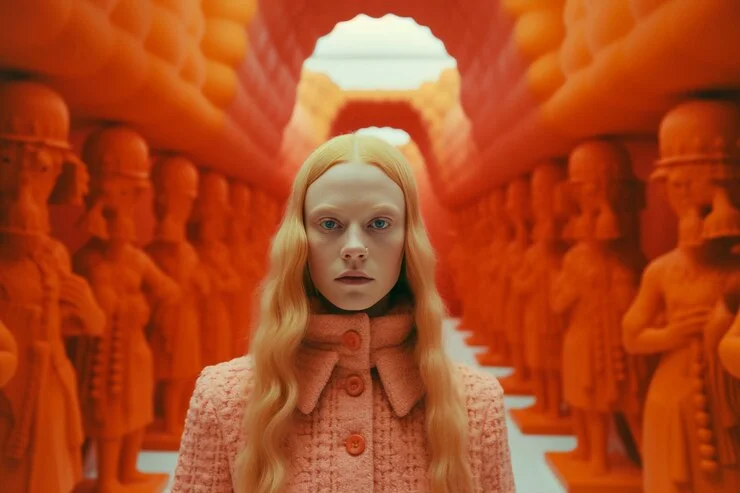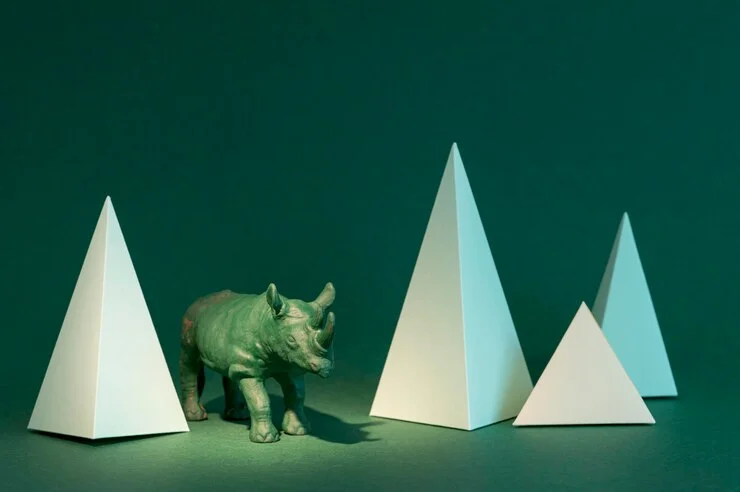Introduction
“Andywarhella” is a concept that blends the iconic legacy of Andy Warhol with the energy of contemporary digital culture. The term goes beyond art; it reflects the convergence of identity, celebrity, and mass media in today’s interconnected world. In a time when social media and technology shape how we express ourselves, “Andywarhella” provides a fascinating lens to examine how modern art and culture have evolved.
This article will explore what Andywarhella is, its origins, its influence on the digital art scene, and how it represents a new era of creativity. We’ll dive into its cultural impact, how it interacts with today’s digital platforms, and discuss its future in a rapidly changing world. By the end of this exploration, you’ll have a deeper understanding of how Andywarhella is shaping art and identity today.
What Is Andywarhella?
Andywarhella is a term that encapsulates the fusion of Andy Warhol’s artistic ethos with the modern-day digital revolution. Just as Warhol blurred the lines between high art and popular culture, the concept of Andywarhella embodies the collision of traditional art forms with modern digital expressions.
In the digital age, anyone can craft their identity through social media, much like how Warhol used celebrity culture and mass-produced images to create his art. Andywarhella mirrors Warhol’s themes of fame, repetition, and commodification. It’s about how digital tools and platforms help people amplify their personal brand, turning everyday moments into viral content.
The Origins of Andywarhella as a Term
The term “Andywarhella” emerged as a cultural reference to the evolving blend of art and the digital world. It connects the influence of Andy Warhol with the current social media landscape. Andywarhella reflects how today’s creators, influencers, and digital artists are embracing both traditional art methods and the new technological tools available. Much like Warhol’s use of commercial imagery, Andywarhella celebrates the idea of mass production and wide distribution of art, albeit through digital platforms.
This term began to gain traction as people began recognizing the overlap between Warhol’s artistic style and the behaviors and aesthetics of the digital age. Influencers, creators, and content producers are increasingly using the same methods Warhol employed—celebrating repetition, commercialism, and celebrity in a digital environment.
The Legacy of Andy Warhol and Its Connection to Andywarhella
Andy Warhol was one of the most groundbreaking artists of the 20th century. He revolutionized the art world by using mass-produced images and making them fine art. His famous works, such as the Campbell’s Soup Cans and his Marilyn Monroe portraits, elevated ordinary, commercial objects to artistic heights.
Andywarhella is deeply inspired by Warhol’s philosophy. Just as Warhol’s work blurred the boundaries between commercial and fine art, Andywarhella continues this tradition by exploring how digital culture impacts art, identity, and fame. It is about making art accessible to everyone, democratizing creativity and fame through digital tools.
How Andywarhella Shapes Digital Art Trends
In the age of Instagram, TikTok, and YouTube, art is no longer confined to galleries. Digital platforms serve as modern canvases where creators can turn their daily lives into art, reflecting the “Andywarhella” ethos. Just as Warhol used repetition in his silkscreen prints, today’s digital artists use viral content, memes, and influencers to create replicable content that spreads globally in seconds.
Andywarhella pushes the boundaries of art by merging digital innovation with traditional art forms. From augmented reality to interactive installations, artists now have the opportunity to engage with audiences in ways Warhol could never have imagined.
Cultural Movements Influenced by Andywarhella
Andywarhella is more than just a movement within the art world. It has shaped cultural phenomena in fashion, music, and media. Its influence can be seen in the rise of influencers, the mainstreaming of digital art, and the commercialization of personal identity.
In fashion, for example, digital artists are embracing Warhol’s style of using mass-marketed products and familiar symbols, creating unique statements through clothing and accessories. Similarly, in music and media, the rapid rise of viral content—videos, challenges, and trends—mirrors Warhol’s approach of capturing the fleeting nature of fame and consumer culture.
Case Studies: Famous Digital Artists Inspired by Andywarhella
Several modern artists embody the Andywarhella concept, blending digital and traditional art. One notable example is Beeple. Beeple, known for his digital art and NFTs (Non-Fungible Tokens), creates work that challenges perceptions of value in art, much like Warhol did in the past.
Other artists, such as Banksy, have incorporated both traditional graffiti and digital elements into their work. These creators echo the spirit of Andywarhella by embracing both the commercial and artistic realms. Their art challenges society’s notions of authenticity, value, and fame.
Educational Value: What Andywarhella Teaches About Art and Identity
Andywarhella teaches valuable lessons about self-expression, creativity, and the intersection of technology and culture. It emphasizes the importance of authenticity in a world full of curated digital personas. The movement encourages creators to embrace their individuality while navigating the commodification of their identities in the digital space.
Through Andywarhella, we learn that art isn’t limited to traditional mediums. The digital world has expanded the definition of art, allowing more people to participate in the creative process. Whether through memes, photos, or videos, we all have the opportunity to express our identity in ways Warhol could only dream of.
Audience Engagement: How Fans Interact with Andywarhella Art
Andywarhella is not just an artistic movement—it’s a cultural force that invites audience participation. Fans interact with Andywarhella through social media, digital platforms, and even online galleries. These interactions turn passive viewers into active participants, much like how Warhol encouraged his audience to engage with his work.
Social media platforms like Instagram allow fans to share their own “Andywarhella”-inspired creations, fostering a sense of community and collaboration. This active participation is a key feature of Andywarhella, demonstrating how digital art encourages inclusivity and creativity.
The Role of Commercialism in Andywarhella
Commercialism is central to both Warhol’s work and the Andywarhella concept. Warhol famously said, “Art is what you can get away with,” and Andywarhella embraces this idea by blending art with commerce. In the digital age, creators can monetize their work through brand partnerships, sponsored content, and the sale of digital art.
This commercialization allows creators to profit from their art while still maintaining artistic integrity. However, the relationship between art and commerce in the Andywarhella context raises important questions about authenticity, as digital artists navigate the tension between artistic expression and financial success.
Andywarhella in the Age of AI and Machine Learning
As artificial intelligence (AI) and machine learning become more integrated into creative processes, Andywarhella continues to evolve. AI-generated art, interactive installations, and virtual reality are pushing the boundaries of what is possible in the art world. Just as Warhol embraced mass production, today’s creators are using AI to produce art that’s both innovative and replicable.
AI tools enable digital artists to create highly personalized works that respond to viewers, creating a new form of interactive, immersive art. This aligns with the Andywarhella spirit, which celebrates both technology and creativity in equal measure.
Conclusion: The Lasting Impact of Andywarhella
Andywarhella is not just an artistic style; it’s a cultural revolution. It represents the blending of art, identity, fame, and technology in today’s digital world. Whether through social media, digital platforms, or NFTs, Andywarhella challenges our understanding of art and creativity in ways that echo Warhol’s legacy.
As technology continues to advance, the spirit of Andywarhella will continue to inspire new generations of artists. The movement’s focus on the democratization of art, the celebration of identity, and the commercialization of creativity ensures that it will remain a driving force in the art world for years to come.

